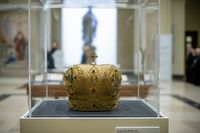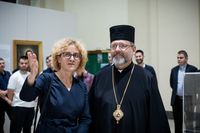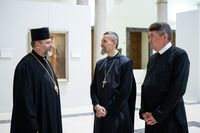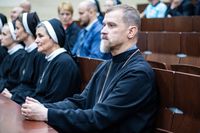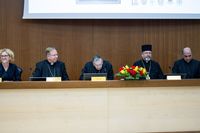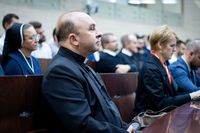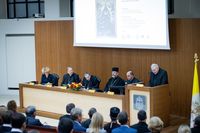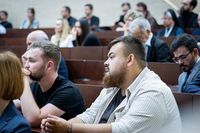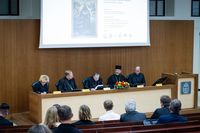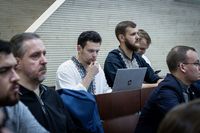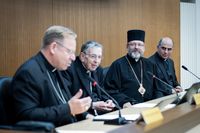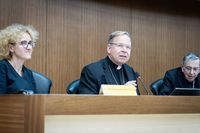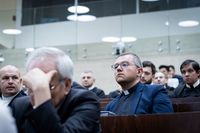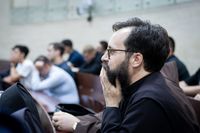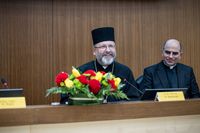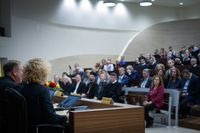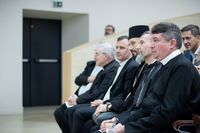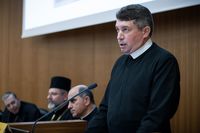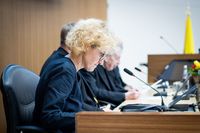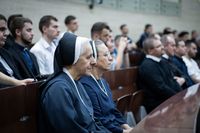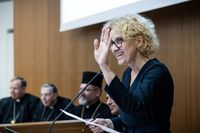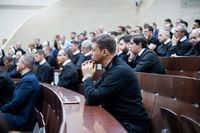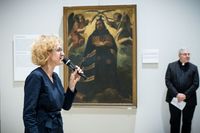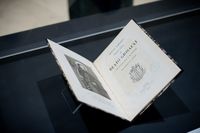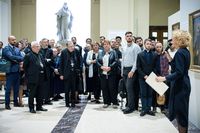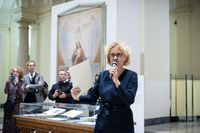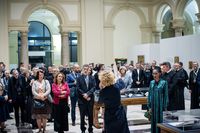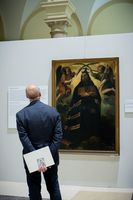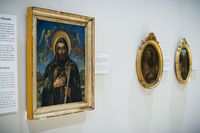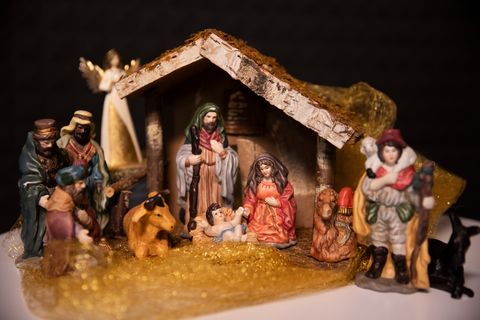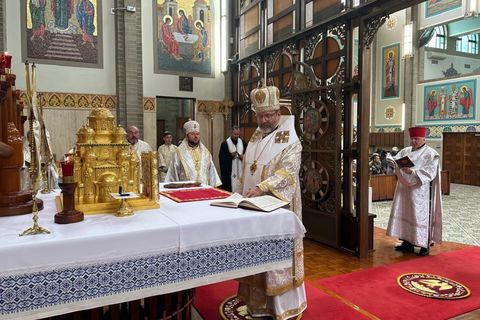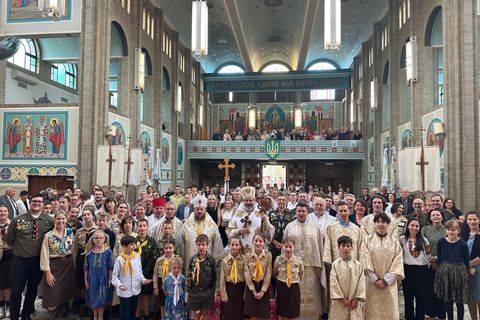St. Josaphat has always been a step ahead of us on the synodal path: Head of the UGCC at the opening of the exhibition in Rome
On October 20, the Pontifical Gregorian University in Rome hosted the opening of the exhibition “That All May Be One” dedicated to St. Josaphat Kuntsevich on the occasion of the 400th anniversary of his martyrdom.

In his speech, His Beatitude Sviatoslav noted that through this exhibition, as well as on other occasions, on November 12–14, St. Josaphat will speak in Rome in different places in different languages. What is especially important is that he will speak in the context of the synodal path because these days, the Pontifical Synod is taking place, to which Pope Francis has summoned delegates from all over the world.
“Now the whole world is asking itself the question: where does this synodal path lead? I believe that St. Josaphat would point us to the moment in the history of the Roman martyrs when St. Peter left Rome and met the risen Christ. St. Josaphat believes that the path of the Church at all times is the path to holiness. And if we choose a different path, even in the synodal context, which will lead us to a different place, then this is not the path that the risen Christ showed to his prince of apostles, the founder of the Church, and then to all his successors.”
The second call of St. Josaphat is the Synodal Path, which, inspiring holiness, knocks today on the doors of all nations, all people of goodwill, with a single call: “Repent and believe in the Gospel.”
This, according to His Beatitude Sviatoslav, was the mission of St. Josaphat, who had a unique charisma — “catching” souls for Christ. “He was called a ‘soul catcher’ precisely because he had the charisma to inspire conversion and open hearts to faith in Jesus Christ. One cannot be a Christian without calling everyone to the church community. A concrete, complete, integral unity, not a theoretical, diplomatic one. It is for this unity of the Church that he gave his life.”
The third call of St. Josaphat is associated with the current martyrdom of Ukraine. “Today, St. Josaphat is the voice of the tormented Ukraine. And this is truly the mysticism of martyrdom that the Ukrainian people are experiencing today.”
Hence, St. Josaphat, who “has always been a stumbling block” and “has always been a step ahead of us on this synodal path,” today says that the synodal path — “walking together” — has two aspects: synchronic and diachronic. “We are not only journeying together alongside our contemporaries, but also alongside our predecessors in the faith, such as the holy martyr Josaphat, and those who will come after us,” the bishop explained and added: “Your and our descendants will ask: where were you, what were you doing when the neocolonial war in Europe revealed the dreadful face of European war on a scale never witnessed on this continent since World War II? St. Josaphat resonates with us. He challenges us, helps us to discover and give Christian answers to the existential questions of our peoples today.”
His Beatitude Sviatoslav thanked the Lithuanian Embassy to the Holy See for organizing the exhibition and all Lithuanians who “consider the history of the Greek Catholic Church an integral part of their national history,” as well as all those present at the exhibition’s opening.
The UGCC Department for Information